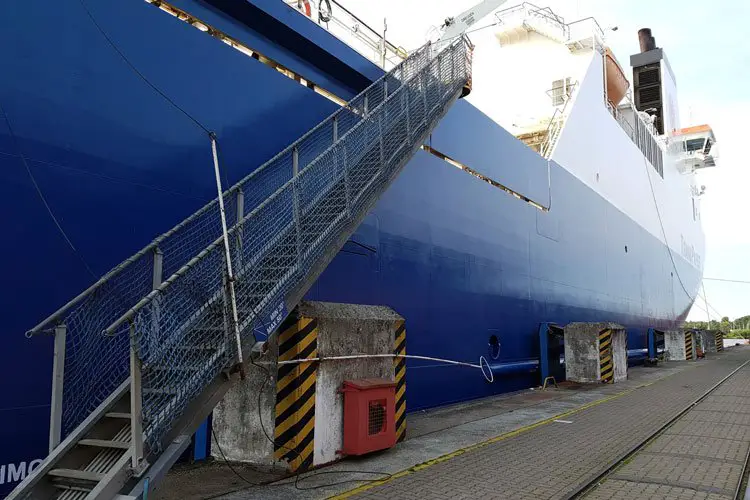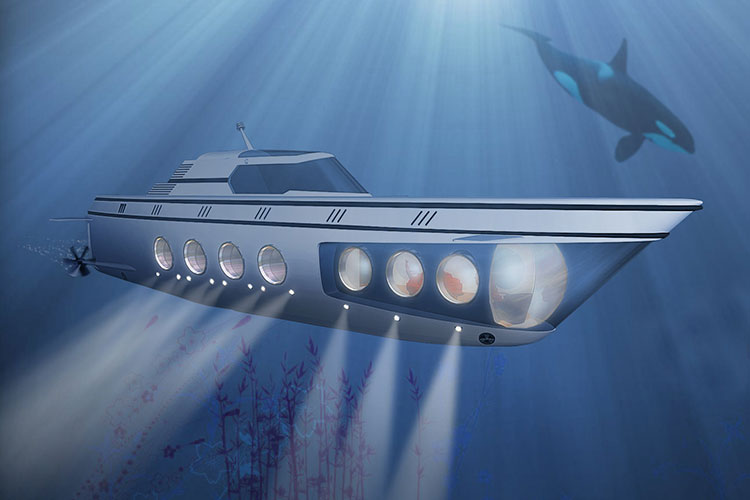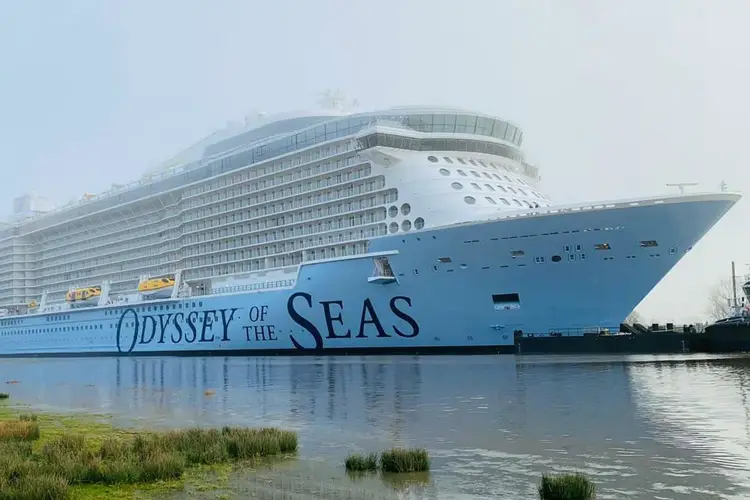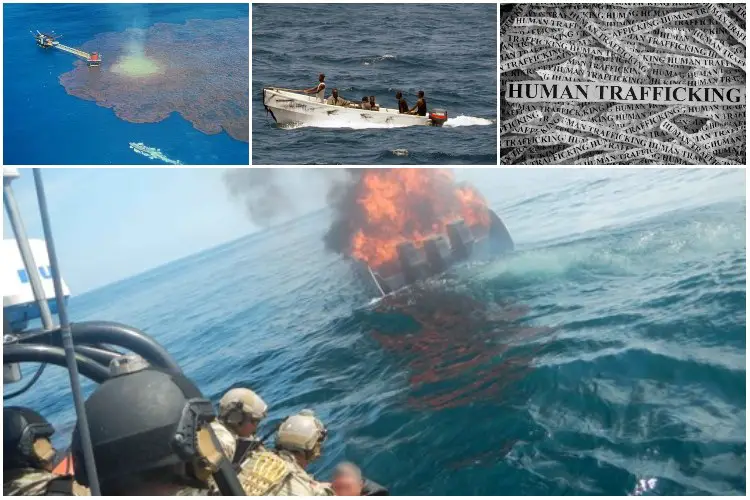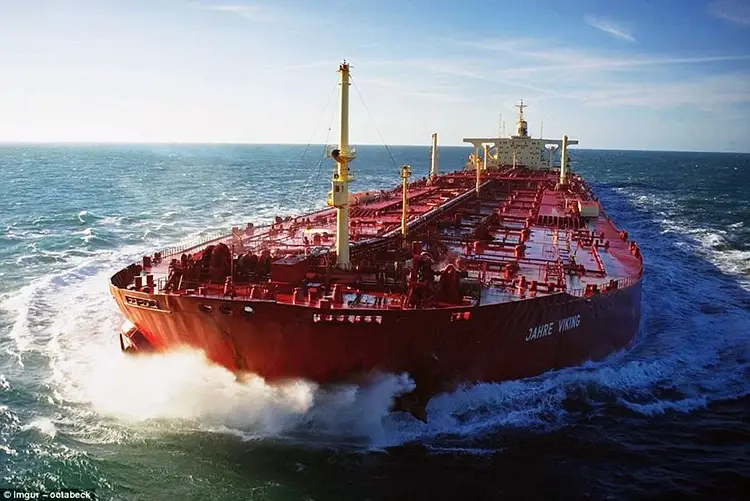Strait of Magellan: 10 Interesting Facts
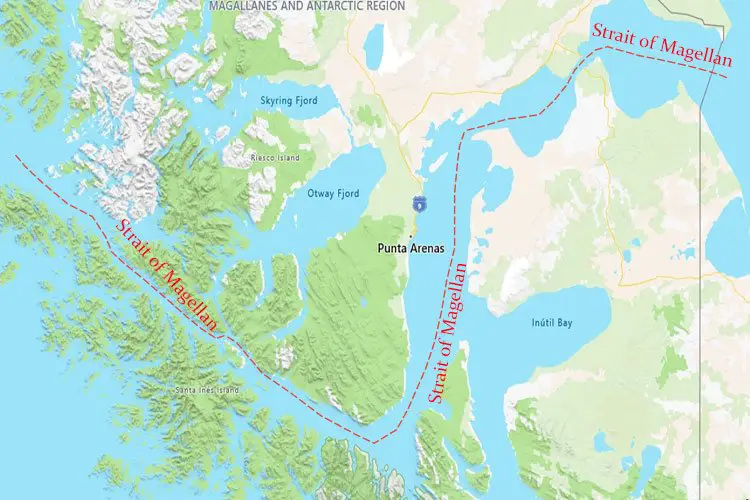
What Is the Strait Of Magellan?
The Strait of Magellan is a navigable sea route lying in southern Chile which connects the Atlantic and Pacific oceans.
It is named after Ferdinand Magellan, a Portuguese explorer who laid the foundation for the Spanish expedition. However, it is believed that Magellan’s original name for the strait was Estrecho de Todos Los Santos which means ‘Strait of all Saints’.
It was then named the Straits of Magellan in the honor of Magellan. Its route is famous for its unpredictable winds and currents. Its route is described as difficult to travel due to frequent narrows. The Strait of Magellan is a 350-mile channel.
The narrowest and widest points of the passage are 1.9 and 22 miles (3 to 35 km) respectively. An important natural passage in the region, the strait, from the Atlantic, extends westward between Capes of Vírgenes and Espíritu Santo and then moves southwestward before turning northwest at Froward Cape on the southern tip of Brunswick Peninsula.
The strait finally connects with the Pacific Ocean after crossing Cape Pillar on Desolación Island. The major port in the Magellan Strait is Punta Arenas on the Brunswick Peninsula.

Interesting Strait Of Magellan Facts
1) The Magellan’s Expedition
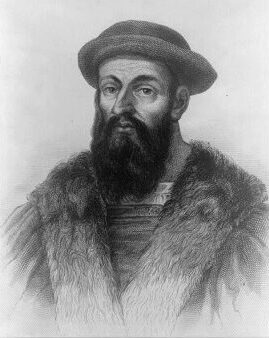
Europeans had an eye on this natural strait since the 16th century. The strait of Magellan was discovered by Ferdinand Magellan. He was a Portuguese sailor. King Manuel I of Portugal rejected the idea of Ferdinand to reach India via a different route and then he was selected by King Charles V of Spain to search a route to the Maluku Islands – rich Spice Islands of Indonesia.
He attempted to find a western sea route to them. He then led an expedition circumnavigating the earth, under the Spanish King, Emperor Charles V.
He had command of five ships and 270 men during his voyage. Magellan’s journey is described as first going to West Africa then to Brazil from where he wanted to reach the Pacific.
Few of the ships which started along with Magellan’s ship either wrecked or failed in the exploration. He then searched for the Rio de la Plata but failed. He then continued south along the coast of Patagonia.
However, the expedition set up winter quarters at Port St. Julian. His journey became even more challenging when his Spanish captains mutinied against their Portuguese captains. Magellan executed one of them and left the other ashore.
On October 21, he finally discovered the strait he had been seeking. It made Magellan the first European explorer to reach the Pacific Ocean from the Atlantic. Magellan’s historical journey across the strait took 38 days to accomplish.
Later, it was only in 1840 the strait was used by a steamship, operated by the Pacific Steam Navigation Company, for commercial traffic.
Magellan’s ship crossed the strait on 1st November 1520. It was All Saints’ Day, hence he named the strait Estrecho de Todos Los Santos which means, “Strait of All Saints”.
Anyhow, in less than seven years, the strait was named Estrecho de Magallanes or Strait of Magellan in the honor of Ferdinand Magellan by the King of Spain. Later, the expedition reached the Spice Islands and this resulted in the first circumnavigation of the earth.
2) Long History associated with the strait
The strait was inhabited by Native Americans for thousands of years and several different types of tribal communities lived by during the prehistoric period. Ferdinand Magellan then discovered the strait for the Spanish.
Charles Ⅴ divided South America and when the first map of the Pacific was made in 1589, it showed the Strait of Magellan as the only route between the Pacific Ocean and the Atlantic Ocean. Various explorations took place with time.
After 100 years of the discovery of the strait by Europeans, numerous ships crossed through the strait. They included 23 Spanish ships, 17 English, and 15 Dutch ships. Dutch Travelers discovered Cape Horn in 1616, then the French expedition reached the strait in 1696. More such explorations were conducted by the English in the 18th and 19th centuries. During these explorations, fossils were also discovered. Thus, the strait had a long history of explorations and expeditions.
The strait is a tricky route and the climatic conditions make it even more difficult to travel through it. The climate is foggy and cold. It is narrow and surrounded by a lot of small islands. Ships will have to experience unpredictable wind currents and hence the route is quite difficult.
Nevertheless, the strait was preferred as it was safer than the Drake passage which had frequent stormy winds and violent tidal currents along with icebergs.
4) Lighthouses in the Strait of Magellan
There are 41 Lighthouses present at the strait as listed by the National Geospatial-intelligence Agency. These lighthouses were built for the maritime signaling services due to the curvy and difficult routes of the strait. As it was the way opted by the sailors before the Panama Canal was built, a lot of ships used to travel through the strait. Hence, lighthouses were made for guidance purposes.
Some of the lighthouses are even a century old and they are named as national monuments. Lighthouses have become a notable tourist destination and Magdalena Island Light is the popular one. Some of the noteworthy lighthouses are the County of Peebles hulk, San Isidro lighthouse, and Evangelistas lighthouse.
5) Establishment of Chile and its relation with the strait.
The strait of Magellan came under Chile on 23 May 1843. Chilean settlement began in the northern and southern parts of the strait. The strait was an important halt for the sailors until the Panama Canal was opened. Argentina previously claimed that the whole strait belonged to them or at least the eastern third portion of it, but the Boundary Treaty of 1881 between Chile and Argentina, gave the right of the strait to Chile.
Another treaty in 1984, the Treaty of Peace and Friendship between Chile and Argentina dissolved the conflicts over the strait and Argentina accepted it as Chilean territory.
6) Food, Culture, and Language
The food here is mostly influenced by Spanish cuisine and some local ingredients. Later, European cuisine had some effect, especially from Germany, Italy, and France. Due to the German explorations in the 19th century, traditional German cakes and desserts were adopted by southern Chile. As we know a lot of islands are present along the strait, seafood has great relevance to the cuisine.
The culture of the people is a mix of Spanish and native inhabitants. They have their folk music and dance. Football is the most popular sport here and Rodeo the second most popular sport is the national sport of Chile
There are a variety of languages around the strait. Mostly Spanish and English are spoken but Ona is another language that is adapted from Spanish phonology and spellings. Yaghan people in the south use the Yaghan language.
7) Tourism
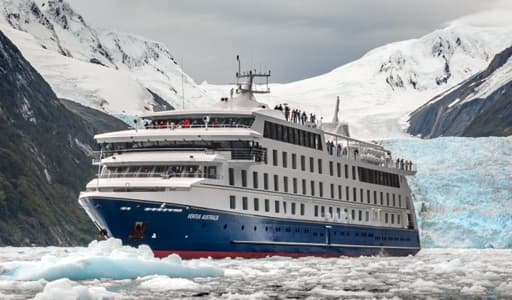
The Strait of Magellan is a beautiful place for tourism because of its climate, history, and geographical features. There are a lot of activities to do such as Kayaking, horseback riding, Birdwatching, Flora and Fauna, Landscape photography, etc. while you are in Chile, along the strait of Magellan.
Patagonian cruises give an unforgettable experience of sailing across the strait and enjoying the territories of sea lions, penguins, and Dolphins. The strait is surrounded by the delightful scenic beauty of nature.
Birdwatching is a pleasant activity to do and it is home to a very unique and intriguing ecosystem. Tourism around the strait will be an adventurous journey for everyone.
8) Traffic in the strait
The strait is a little rough route and hence piloting is compulsory here. As of 2008, 571 Chilean ships and 1681 Non-Chilean ships crossed the strait. The strait sometimes experiences traffic in the cities of Tierra del Fuego.
9) Aftermath of Panama Canal
With the opening of the Panama Canal in 1914 that connects the Pacific Ocean with the Atlantic Ocean, the popularity of the Strait of Magellan took a dive. Panama canal is easier and safer to navigate hence most merchant navy ships that can be accommodated by the canal prefer it.
The Strait of Magellan is still popular for cruises because of its scenic locations.
10) USS Ronald Reagan became the first modern warship to cross the strait
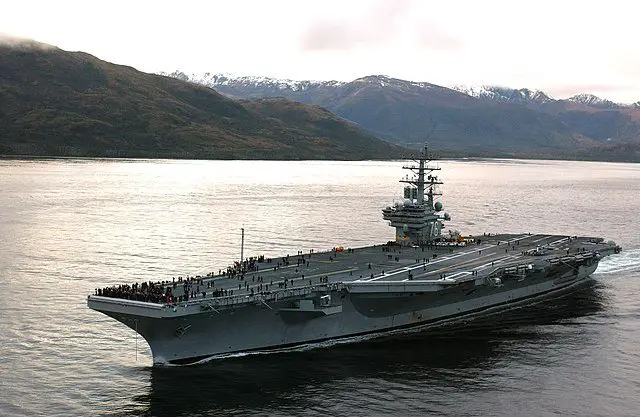
US navy’s USS Ronald Reagen, a Nimitz-class nuclear-powered supercarrier, was the first warship to cross the strait in the year 2004. Now, many warships have crossed the strait.
The aircraft carrier was 1,090 feet long and had a displacement of 97,000 tons with a full load. It was capable of carrying more than 80 combat aircraft and a crew of 6,000.
Also read: Top 10 Historic Ships
Notable events: Lynn Cox, an American open water swimmer became the first person to swim through the strait in 1976. In 2014 on January 17, almost after 40 years, Hunter Wright at the age of 17 became the youngest person to swim across the strait. Joshua Slocum who single-handedly sailed through the strait was the first person to do so.

